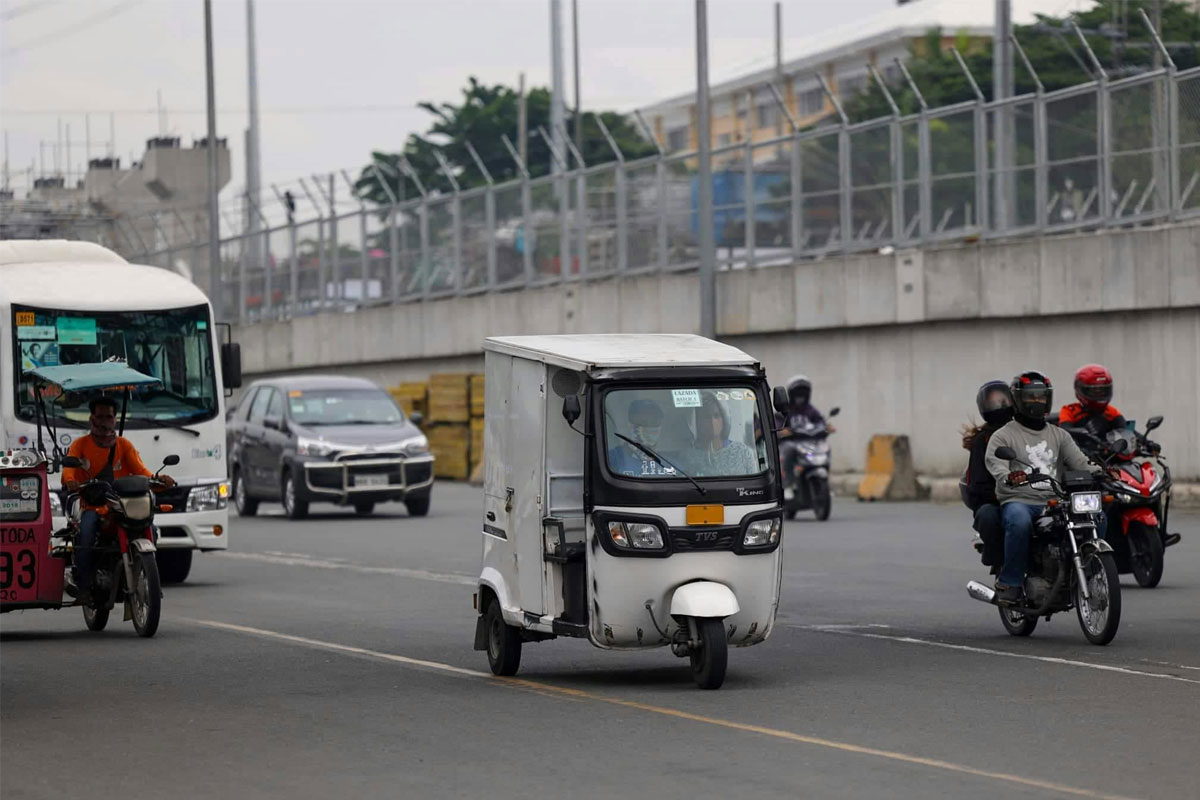
Challenges of the full Implementation of the 5-day In-person Classes
As the Department of Education issued an order to all public schools across the country to implement a mandatory five (5) days of in-person classes starting November 2, 2022, some schools are obviously not yet ready to fully implement face to face classes for various reasons.
In many schools, classes are sharing in using classrooms, and teachers are already overloaded with teaching and non-teaching duties.
Some areas meanwhile are still reeling from the effect of the pandemic and some parents are still hesitant to send their children in school.
School leaders have a variety of other challenges to deal with as well, and teachers now find themselves back teaching inside their classroom after months of doing it through online and printed Self-learning modules.
To address these new challenges, school leaders should assess readiness of schools in the implementation of full face to face or in-person classes before the start and identify constraints, issues, gaps or problems of concern that may help in planning technical assistance, interventions and other considerations:
1. Teaching/Learning Recovery Plan: As life returns to “normal,” schools need to continue to struggle from the learning poverty and build out this support — addressing housing problems and food shortage including physical, emotional and mental health as an integral part of learning. As educators, we must do our part by designing reopening plans according to the needs of teachers, students and non-teaching personnel.
2. Focus on Building Relationships. While it may be tempting to dive into content to make up for lost time, a sense of community must be in place for learning to happen, whether remotely or in-person. For schools planning alternate teaching method, allow teachers to experiment with different platforms and tools to identify the best practices where students can learn and adjust to this kind of process.
3. Address Student Motivation. Some schools may be able to use this time to evaluate the role of extrinsic motivators like grades. They may be able to use the pandemic to emphasize pedagogical models that engage students more through deep relationships and encourage more inter school activities. Consider, as well putting emphasis on and reorienting grades around the learning process.
4. Address staff motivation and burnout. Administrators need to make sure teachers take care of themselves. Acknowledge what may be lost in remote or part-time instruction. Set clear boundaries around time expectations and schedule time for teachers to socialize and collaborate with each other.
School heads and faculties can help children and families by promoting social and emotional learning. Making the transition from home to school may be harder for children with developmental, behavioral, or emotional concerns specially those who experienced death in the family. With the right support, children can adjust to their new environment, make new friends, learn new things, and make school life normal again.
EVANGELINE A. ACEBEDO, School Head,Camalaniugan National High School, Catotoran Annex in Cagayan)
















